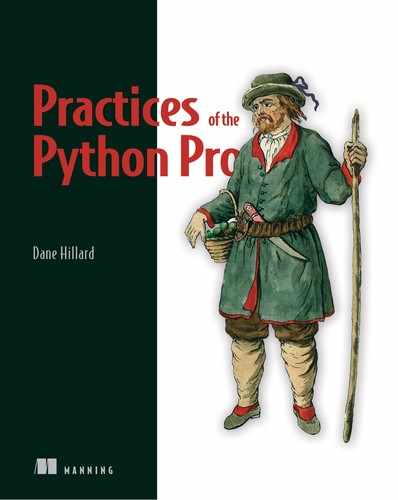Book Description
Practices of the Python Pro teaches you to design and write professional-quality software that’s understandable, maintainable, and extensible. Dane Hillard is a Python pro who has helped many dozens of developers make this step, and he knows what it takes. With helpful examples and exercises, he teaches you when, why, and how to modularize your code, how to improve quality by reducing complexity, and much more. Embrace these core principles, and your code will become easier for you and others to read, maintain, and reuse.
